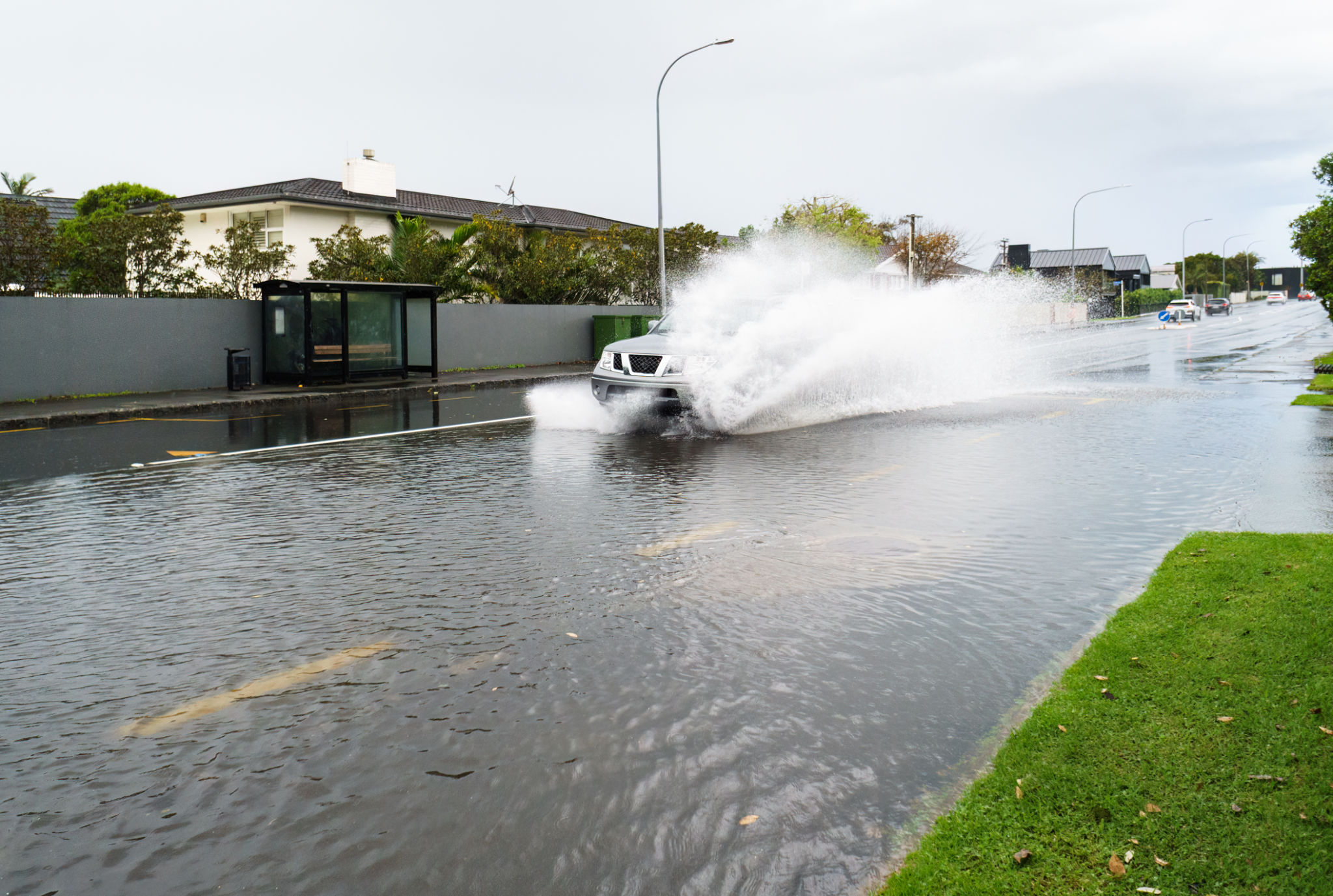The Ultimate Guide to Coating Inspections for Auckland's Unique Climate
Understanding Coating Inspections
Coating inspections are a critical component of maintaining and preserving structures, especially in areas like Auckland, where the climate can be challenging. These inspections ensure that protective coatings on buildings and infrastructure are applied correctly and remain effective over time. In this guide, we’ll explore the nuances of conducting coating inspections in Auckland's unique climate.

The Impact of Auckland's Climate
Auckland's climate is characterized by high humidity, frequent rainfall, and salty air due to its coastal location. These factors can accelerate the degradation of coatings if not properly managed. Understanding these environmental challenges is crucial for effective coating application and maintenance.
Humidity can lead to condensation on surfaces, affecting the adhesion of coatings. Rain and salt can cause corrosion, particularly on metal surfaces. Therefore, selecting the right type of coating that can withstand these conditions is essential for long-term durability.

Types of Coatings Suitable for Auckland
When choosing coatings for structures in Auckland, it is important to consider options that offer resistance to moisture, salt, and UV exposure. Some popular choices include:
- Epoxy Coatings: Known for their strong adhesion and resistance to moisture.
- Polyurethane Coatings: Offer excellent UV resistance and flexibility.
- Zinc-Rich Primers: Provide sacrificial protection against corrosion.
Inspection Process and Checklist
A thorough coating inspection involves several key steps to ensure the coating system is performing as intended. Inspectors should follow a detailed checklist that includes:
- Surface Preparation: Evaluating whether the surface was adequately prepared before coating application.
- Application Method: Checking if the correct application method was used and whether it complies with manufacturer specifications.
- Coating Thickness: Measuring the thickness to ensure it meets required standards.
- Adhesion Testing: Conducting tests to assess the bond strength between the coating and substrate.

Common Issues Found During Inspections
Some common issues detected during coating inspections include blistering, cracking, and flaking. These problems often arise from inadequate surface preparation, incorrect application techniques, or environmental factors impacting the coating’s integrity. Regular inspections help identify these issues early, allowing for timely maintenance and repair.
Importance of Regular Inspections
Regular coating inspections are vital for extending the lifespan of structures in Auckland's demanding climate. By identifying potential problems early, building owners can avoid costly repairs and maintain the structural integrity of their assets. Routine inspections also ensure compliance with safety standards and regulations.

Choosing a Qualified Inspector
Selecting a qualified inspector is crucial for effective coating inspections. Look for professionals with certifications such as NACE or SSPC, which indicate expertise in coating inspection processes. Experienced inspectors will have a keen eye for detail and a thorough understanding of Auckland’s environmental challenges.
In conclusion, effective coating inspections tailored to Auckland’s unique climate are essential for preserving the integrity and appearance of structures. By understanding the local environmental conditions and following best practices, building owners can ensure their assets are well-protected and maintained over time.